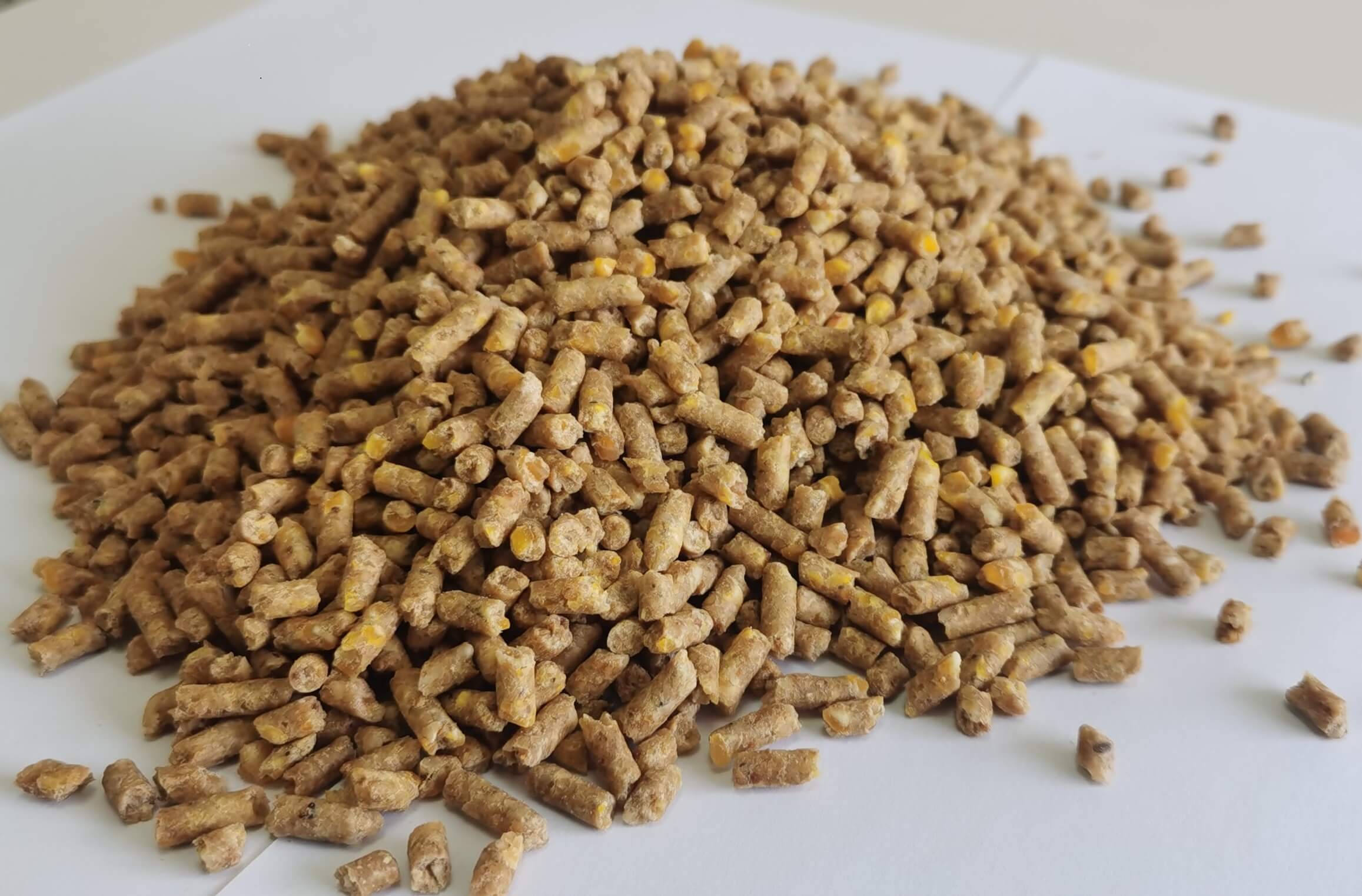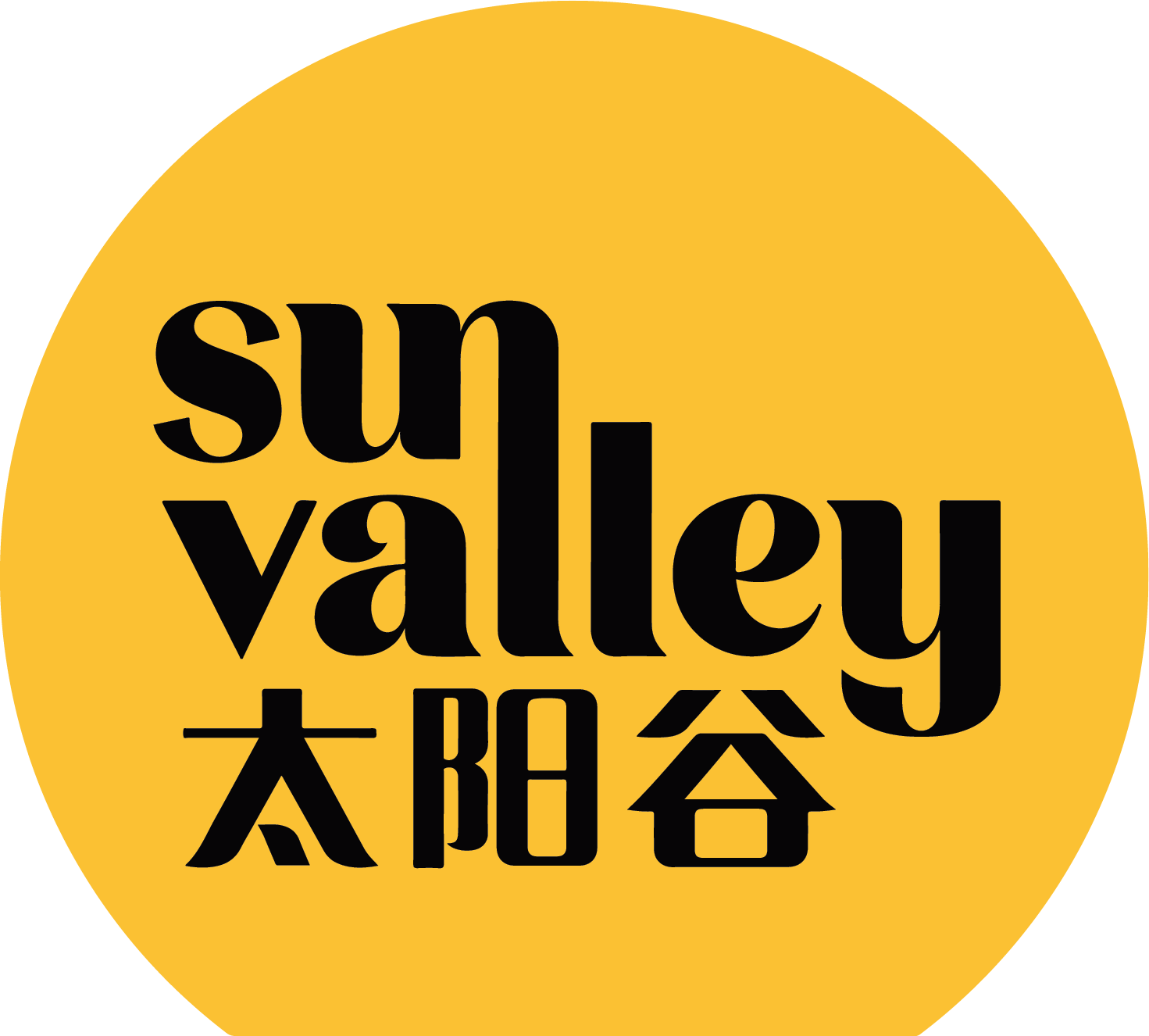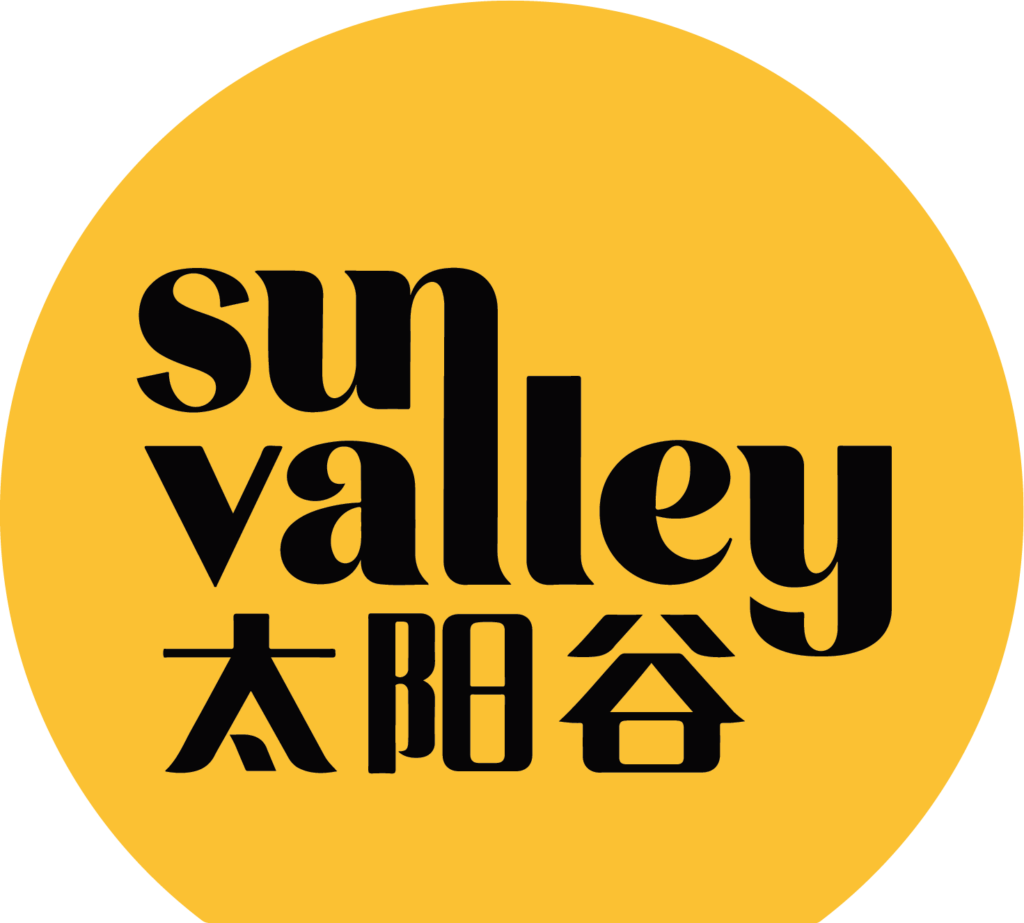Food SafEty
SV Foods Company Limited has built a uniformed food safety and quality management system, starting from breeding, all the way to processing and delivering
Feed

Hatchery
The incubation environment and biosafety in our hatchery has been accurately controlled throughout the whole process, and disinfection process has been standardized. The standards for regular sampling and testing of all aspects (including airborne fallings and vertically transmitted diseases, etc.) are higher than the domestic average standards, and professional immunological technicians strictly control drug using in accordance with the dual standards of China and the United States. The sewage discharge standard of SV Foods has reached the national first-class standard and is one of the first hatcheries to achieve heat recovery in China. Efficient production system is used to maximize the birth rate of baby chicks
Breeding
SV Foods is using the floor breeding farming model. SV Foods has introduced advanced fully automated equipment of ventilation and heating control system from abroad. In addition to feed, the water quality after filtration can meet drinking water standards and has achieved zero discharge of sewage treatment. In the breeding process, we adhere to the advanced concept of “reducing” antibiotics and continue to do relevant research, do not add antibiotics in vaccines, add probiotics in feed to reduce the use of antibiotics. For many years, the usage of antibiotics in chicken has been declining, the production of “no antibiotics” series of chicken products are welcomed by consumers. Broilers have five freedoms in farms, and we’ve won the Golden Chicken Award for Animal Welfare from the Society for Animal Welfare in World Farming (CIWF) and the Council for International Cooperation on Animal Welfare (ICCAW) for several times.
Food Processing
Our Primary Processing Plant and Further Processing Plants have multiple digitalization process in operation in the past years, making the upstream and downstream communication and management more efficient and accurate. We have achieved high standards and meticulousness in each stage of initial processing, such as the material of our pre-cooling room ceiling is stainless steel and has curvature, which can better achieve the treatment of condensed water. Due to the packaging area is close to the freezing warehouse, there will be temperature differences, and the roof is installed with a blower dehumidification system, so that the entire space is free from condensation water. After the primary processing is completed, before the product to be packaged, all products will need to pass the X-ray to remove the bone residue and broken bone may contain in them. Every manual position, the staff has good operating norms and follows strict health and safety standards, for example, for sanitation, we have a professional independent team to do the entire production line cleaning, equipped with efficient and advanced cleaning system, cleaning four hours a day. The cold chain transportation management of fresh product is very important, and we can monitor the temperature on board to ensure the safety of the cold chain. The Further Processing plants of SV Foods are designed to produce par-fried, fully-cooked, and seasoned products, and the process types involve forming, filling and other products. We are one of the first enterprises to produce filling chicken products in China, together with a professional innovation and processing team and technical improvement team.
Sustainabilityble Development
SV Foods thrives to be the leader in providing safe, healthy, delicious and sustainable proteins, while providing Chinese customers with more high-quality proteins, we’re also making all efforts to promote the upgrading of China’s food industry. We deeply understand that we need to manage the food supply chain from farm to fork in a safe, responsible, and sustainable manner. Starting from farm management, the vertically integrated supply chain of SV Foods in Anhui aims to provide high-quality food, obey strictly national law and regulation, respect environment and focus on animal welfare.
As a highly socially responsible enterprise, we continue to improve our technical support capabilities and create a better environment for the regions where we operate, while improving operational and managemental efficiency through a variety of sustainable development measures. In terms of usage of clean energy, SV Foods has used liquefied natural gas in all farms and piloted usage solar hot water systems in some farms for temperature control of bird house. By significantly reducing the usage of conventional fuels such as coal and oil, we’re significantly reducing greenhouse gas and dust emissions and helping to reduce environmental pollution. SV Foods is also undergoing a photovoltaic project, when completed, will use solar energy to generate electricity, is expected to reduce carbon emissions by more than 6,000 tons per year.
In terms of improving energy efficiency, SV Foods has used a heat recovery system on some of our farms. During the wintertime, the house which uses the heat recovery system can save more than 60% of gas consumption than the other houses without a heat recovery system. 60% of houses in all our farms have been illuminated by LED lights, which can save nearly 40,000 KWH of electricity per month on average, and farms using LED lights can reduce carbon emissions by more than 700 tons per year. In terms of optimizing water use on the farm, Sun Valley Foods has built an SBR wastewater treatment station and storage tank system on the farm, which can treat 30 tons of wastewater per day. Through the SBR water treatment system, the water quality can meet the “Farmland irrigation water quality standard for dry farming”, and achieve an annual reduction of chemical oxygen demand (COD) emissions of about 80%, reduce the total nitrogen emissions of about 70%.At the same time, SV Foods recycles 160 tons of treated water annually from the water storage tank to flush the chicken coop, thereby reducing 160 tons of sewage generation.

At the same time, SV Foods carries forward the “people first” culture, and provides adequate talent development support for farm employees. The whole vertical industry chain project of SV Foods has created nearly 3,200 job opportunities for the local people. In the process of recruitment, we’ve cultivated compound talents of agricultural technology and management in the province through school-enterprise cooperation in running schools and targeted training programs, so as to drive surrounding industries and promote local economic development. SV Foods employees spontaneously set up a care committee to carry out a series of community care activities, including donating library equipment and water purification and drinking equipment to rural primary schools, planting trees around the farm, providing free medical services to villagers, and promoting safe travel knowledge. By working to improve the education, health and natural environment of the local community, SV Foods has gained the respect and support of the community.
Our Food Safety Standard
SV Foods Company Limited has built a uniformed food safety and quality management system, starting from breeding, to processing and till shipping. We have implemented advanced practices to every session of our supply chain. All plants have fully implemented HACCP system and been authorized by FSSC22000 AND ISP9001. We are practicing, innovating, and fulfilling our own food safety management system.
The laboratory, located the PP plant, has obtained CNAS certification, and has the ability of physical and chemical test and microbial test, under the base that we’re closely monitors the quality of the products and the hygiene of the procession environment at the production end. We have a high degree of control over every specific link of the entire supply chain and can trace the production information of the product at each link within two hours. With the advantages in food safety management and traceability, we have quickly established a broad customer base including fast food chains, large food manufacturers, e-commerce, supermarkets, and food distributors.




